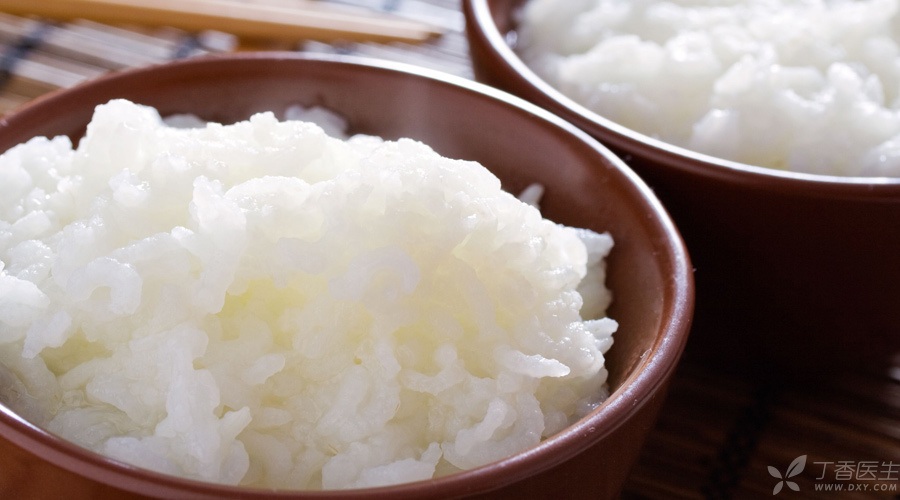
For most Chinese, no matter how much wine, food and rice they eat, they will always be the indispensable protagonist on the dining table.
For a wise eater, it is not enough to eat well. It is necessary to be delicious and nutritious to be a bowl of [perfect] rice.
Rice selection
The first step of perfect rice: choose the right rice for yourself.
When going to the supermarket, all kinds of rice are dazzling. Although they look different and their names are becoming more and more difficult, in general, according to the variety of rice, they can be divided into these three categories:
1. Polished round-grained rice (jng)
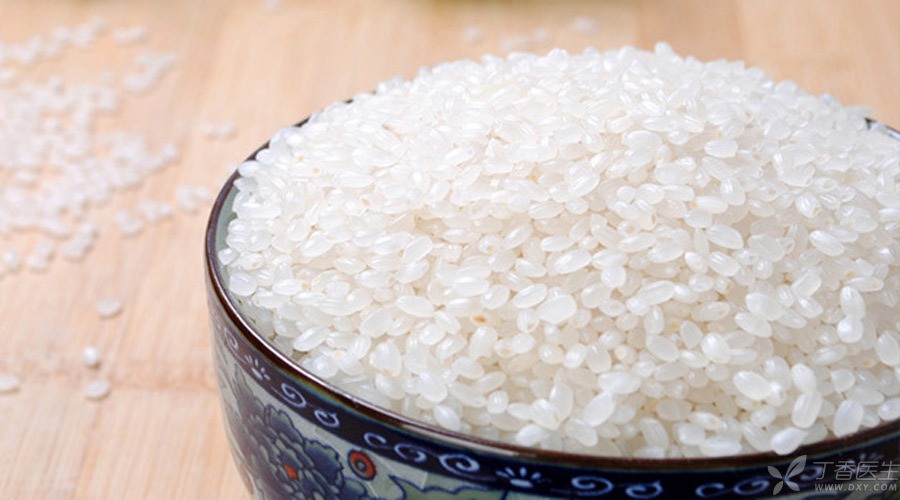
Dr. Clove knew that many people would not be able to read it, so he specially marked Pinyin with kindness…
Polished round-grained rice has short round grains and moderate stickiness, so it is also called [short-grained rice]. This kind of rice is very suitable for cooking rice or porridge. Northeast rice is polished round-grained rice, and Japanese rice is mainly polished round-grained rice.
2. Indica rice (xin)
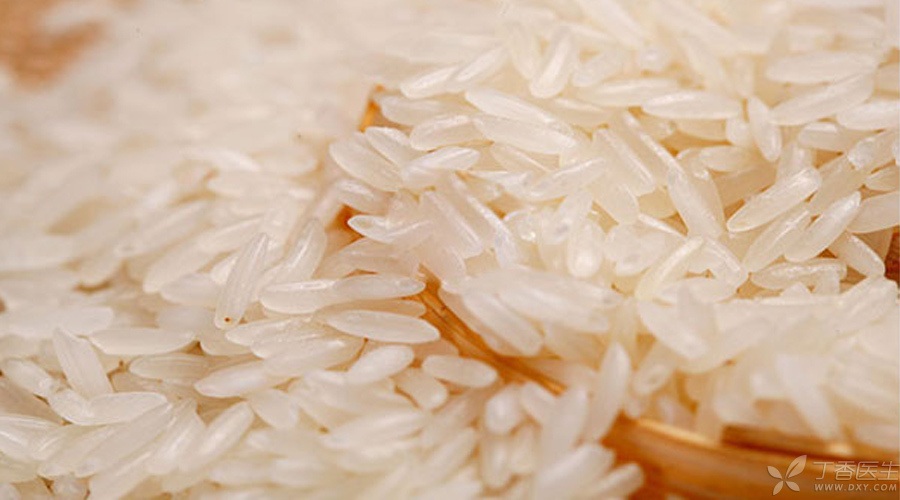
Indica rice is also called [long grain rice], which looks more slender and less sticky than polished round-grained rice.
Most of the rice produced in parts of southern China, Taiwan, India and other places is indica rice. The more famous Zengcheng silk seedling rice is indica rice, and Thailand fragrant rice also belongs to this category.
3. Glutinous rice (no one should be unable to read …)
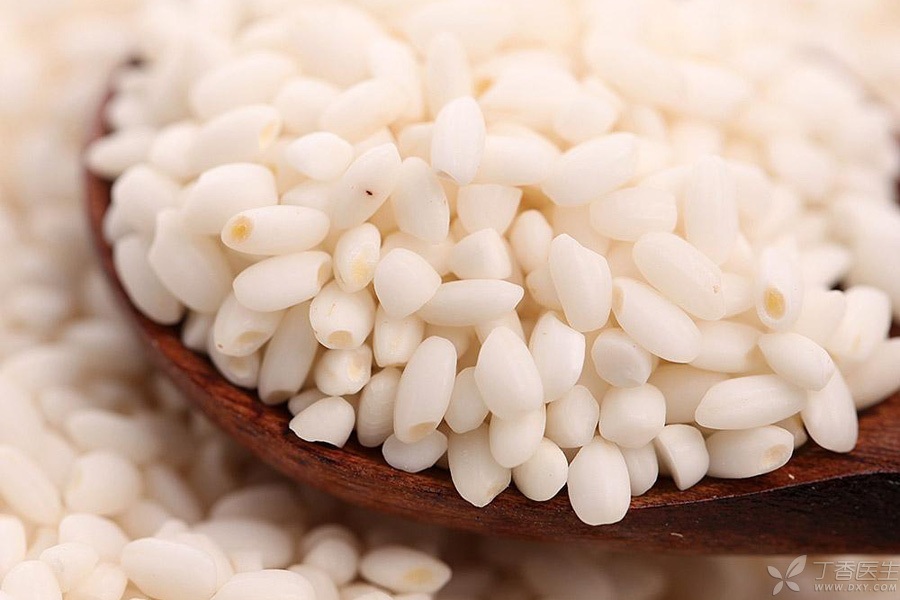
The main characteristic of glutinous rice is its high stickiness, which is usually used to make zongzi, rice cakes, glutinous rice balls, etc. In the south of the Yangtze River, many people also like to eat glutinous rice.
However, with the development of breeding technology, it is sometimes not accurate to judge whether a kind of rice is polished round-grained rice or indica rice according to its appearance.
For example, the [long-grain fragrance], which is very popular on the market now, is more slender in appearance than ordinary polished round-grained rice, but it is a fake polished round-grained rice, which is a long-grain polished round-grained rice variety cultivated by the Rice Research Institute of Heilongjiang Academy of Agricultural Sciences.
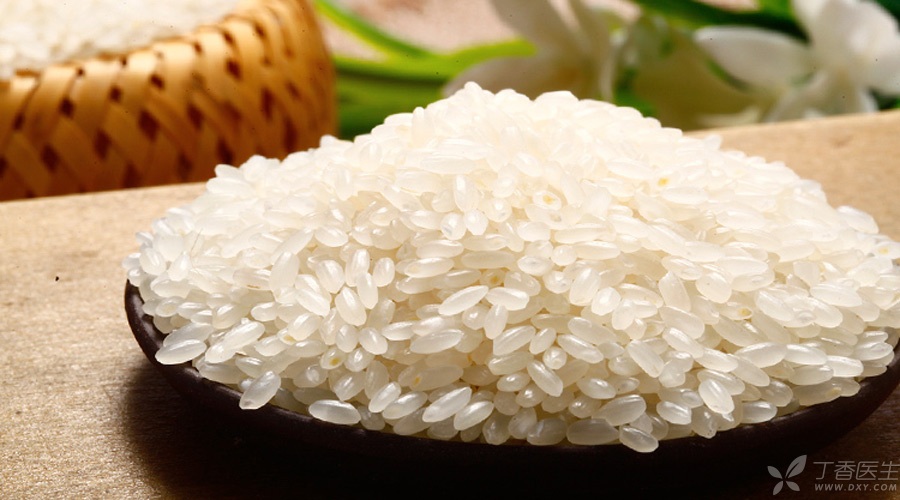
Having said so much, what everyone wants to know most must be, which kind of rice is better to buy?
In fact, polished round-grained rice and indica rice can both make delicious rice. The specific choice depends mainly on your own taste.
- If you like soft and sticky rice, or if you like porridge, you may as well try polished round-grained rice more. If you like rice with slightly hard taste or fried rice, indica rice may be a better choice.
Add some ingredients to make rice nutritious and innovative.
How boring it is to eat white rice every day, and the rice made from refined white rice also has the disadvantages of rapid hyperglycemia and low satiety. It is better to try adding some [rough] ingredients to white rice to make it nutritious and innovative.
Step 1 Add brown rice
Most of the rice we buy in the market is refined white rice. This kind of rice has been refined and processed, leaving only the endosperm part of the rice and becoming white and fine.
The brown rice we want to recommend to you, because it has not been refined and processed, retains the seed coat, aleurone layer, embryo and other parts of the rice, and contains more abundant vitamins, minerals and dietary fiber.
Step 2 Add some colored rice
In addition to the most common white rice, there are also some colored rice, such as purple rice, black rice, and rice unique to some regions, such as Jinggangshan red rice in Jiangxi and green rice in Zhejiang.
Although these rice are not as soft and glutinous as refined white rice, they are richer in nutrients and often have unique aroma.
Try adding some colored rice. The rice made is not only more nutritious, but also has higher color value.
3. Add some coarse grains and miscellaneous beans
In addition, you can try adding various coarse grains, such as sorghum rice, millet, oat rice, buckwheat rice, etc. If you want to try red bean rice, you can also soak red beans in advance or cook rice in a pressure cooker.
Perhaps you will think that this will make the rice not delicious, but in fact, the rice added with oats and buckwheat tastes more chewy and elastic.
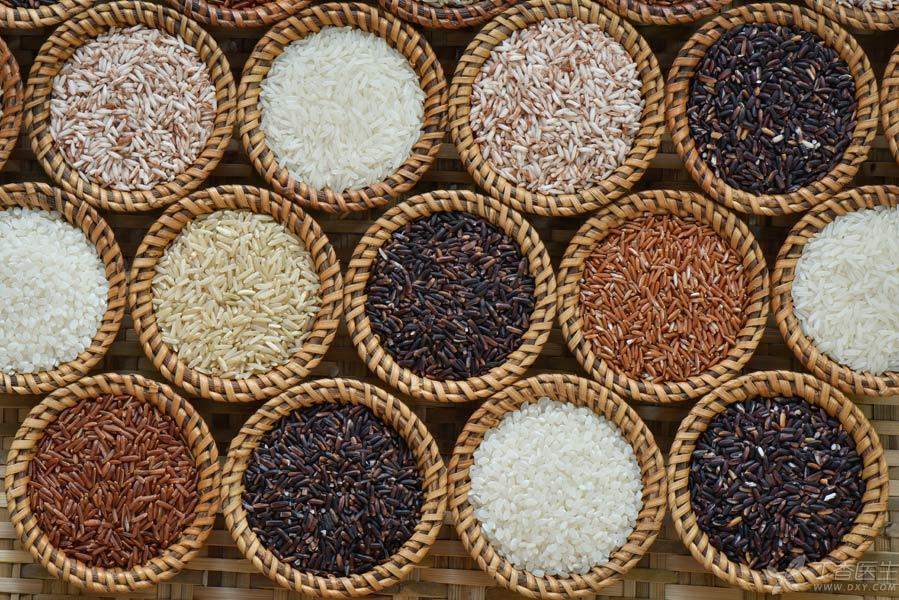
Washing rice
Vitamins in rice mainly exist in the outer layer of rice grains and are water-soluble. They are easy to be thrown away together with rice washing water during elutriation, resulting in loss of nutrition.
In the past, because there were insects and sand in rice, it was often necessary to wash several times more before cooking, and even to pick carefully. However, there are few insects and sand in rice in supermarkets nowadays, so it is good to wash gently for 1 or 2 times. It is not necessary to scrub hard or use hot water to wash.
However, if you buy bulk rice, it is recommended to wash it carefully from a hygiene point of view.
Soak
Anyone who has cooked rice will feel that the cooked rice is better to eat after soaking it for a while.
Indeed, scientific research also thinks so:
If the rice is soaked for a while, the starch gelatinization of the rice will be more uniform and the taste will be better.
Moreover, the soaking time is also exquisite:
- At normal room temperature (25 ℃), soaking for 30 minutes is good. If the water temperature is low when it is cold, the soaking time can be appropriately extended to 50 minutes. However, it should not be too long. More than 70 minutes will affect the taste of rice.
If brown rice or other coarse grains are to be added, soaking in advance is also a good way to improve the taste.
Different ingredients need different soaking times to reach the state of water absorption saturation. The simple and crude method is to soak overnight or soak in the morning and cook at night.
However, people who need to control blood sugar need to be reminded that soaking coarse grains for a long time and heating them for a long time will not only improve their taste, but also reduce their nutritional value.
For example, brown rice can help delay the rapid rise of blood sugar, but if brown rice is cooked softer and rotter than white rice, its effect of raising blood sugar is even faster than white rice.
Cook
1. Rice and water are better than appropriate.
Although how much water to add to cooking is purely a personal preference, add less water if you like hard rice and more water if you like soft and glutinous rice. However, for the best [rice-water ratio], let’s look at the recommendations of scientific research:
- The ratio of polished round-grained rice to water is 1: 1.2-1.4, and the ratio of indica rice to water is 1: 1.5-1.7
The rice cooked according to this ratio has appropriate hardness and stickiness and the best taste.
If coarse grains are added to white rice, because coarse grains are more draught, more water needs to be added than pure rice.
2. Try [embellishing]
Add a little vinegar after washing rice, stir well and then add water to cook rice, which can make rice softer and fragrant. At the same time, vinegar can also delay gastric emptying, reduce digestion speed, and avoid blood sugar rising too fast. You may as well give it a try.
Many people know that adding a little oil when cooking can make the rice taste tougher and the rice grains more shiny. For example, if a family of three cooks a meal, they can add less than half a spoon of oil (about 5 mL).
However, while enjoying the taste, we also need to bear the part of the calories added with the oil, and the risk that adding the oil may reduce the satiety of the rice, thus allowing us to eat more.
Therefore, it is up to you to choose whether to add or not.
Braised rice
After cooking the rice, stew it properly for 10 ~ 20 minutes to make the rice taste better.
